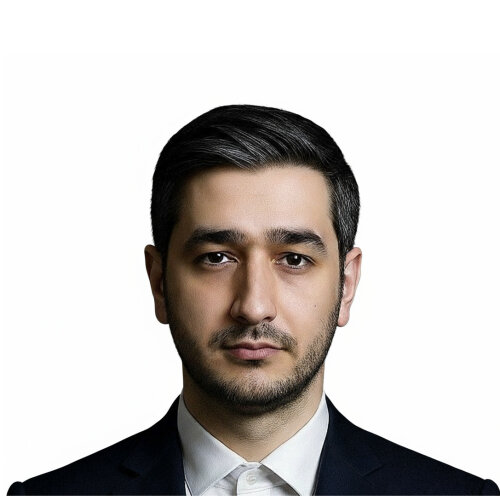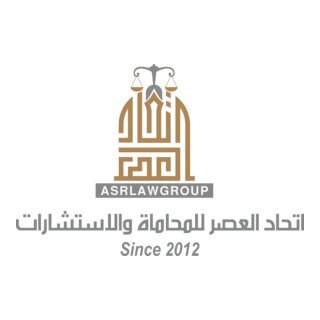What are the SFDA steps and timelines to register a new medical device in Saudi Arabia?
Lawyer Answers

Dr. Mohammed Alhashem law firm
To register a new medical device with SFDA, you follow a structured but manageable path.
First, you confirm that the product is regulated as a medical device (or IVD) under SFDA rules and determine its risk class. The class drives how deep the review goes: low-risk products rely mainly on technical documentation and conformity evidence, while higher-risk, implantable, software or innovative devices require stronger safety, performance and often clinical evidence.
If the manufacturer does not have a Saudi legal entity, a Saudi-based Authorized Representative is required. This local representative creates and manages your SFDA account, files the application, communicates with SFDA, and handles post-market obligations. Importers and distributors in Saudi Arabia must also be licensed by SFDA before bringing the device in.
The core registration is done through an online Marketing Authorization application. Typically, you submit details of the manufacturer, proof of quality system (such as ISO 13485), approvals or Free Sale Certificates from other reputable jurisdictions if available, a clear description of the device and its intended use, technical documentation (design, materials, risk management, testing, sterilization/packaging, software documentation where relevant), and a clinical evaluation proportional to the risk and novelty of the device. Labelling and instructions must comply with SFDA requirements and include Arabic (or bilingual) content and local representative details, and you must show how you will manage complaints, vigilance and recalls.
As for timelines, there are two parts: your preparation and SFDA’s review. If your documentation is ready and aligned with international standards, the practical review period is usually a matter of weeks to a few months, with high-risk or novel devices sometimes taking longer due to follow-up questions. Most delays come from incomplete files or slow responses, so working with an experienced local representative usually shortens the process.
This is general guidance only; the exact route and timing will depend on your device type, risk class and existing approvals, and it is worth obtaining device-specific advice before you proceed.

Dr. Mohammed Alhashem law firm
First, you confirm that the product is regulated as a medical device (or IVD) under SFDA rules and determine its risk class. The class drives how deep the review goes: low-risk products rely mainly on technical documentation and conformity evidence, while higher-risk, implantable, software or innovative devices require stronger safety, performance and often clinical evidence.
If the manufacturer does not have a Saudi legal entity, a Saudi-based Authorized Representative is required. This local representative creates and manages your SFDA account, files the application, communicates with SFDA, and handles post-market obligations. Importers and distributors in Saudi Arabia must also be licensed by SFDA before bringing the device in.
The core registration is done through an online Marketing Authorization application. Typically, you submit details of the manufacturer, proof of quality system (such as ISO 13485), approvals or Free Sale Certificates from other reputable jurisdictions if available, a clear description of the device and its intended use, technical documentation (design, materials, risk management, testing, sterilization/packaging, software documentation where relevant), and a clinical evaluation proportional to the risk and novelty of the device. Labelling and instructions must comply with SFDA requirements and include Arabic (or bilingual) content and local representative details, and you must show how you will manage complaints, vigilance and recalls.
As for timelines, there are two parts: your preparation and SFDA’s review. If your documentation is ready and aligned with international standards, the practical review period is usually a matter of weeks to a few months, with high-risk or novel devices sometimes taking longer due to follow-up questions. Most delays come from incomplete files or slow responses, so working with an experienced local representative usually shortens the process.
This is general guidance only; the exact route and timing will depend on your device type, risk class and existing approvals, and it is worth obtaining device-specific advice before you proceed.

mohammad mehdi ghanbari
I understand you are planning to bring a new medical device to the Saudi market and have questions about the SFDA registration process. I can certainly help you with that.
The process involves several key steps, including appointing a local authorized representative, preparing a detailed technical file with all the required documentation, and submitting your application through the SFDA's electronic system. The required documents include everything from your ISO 13485 certification to clinical evaluation reports and post-market surveillance plans.
The official timeline for the SFDA's review is 35 working days, but the entire process can take anywhere from 3 to 6 months, depending on your device's classification and the completeness of your submission. Having a local authorized representative is mandatory if you do not have a legal entity in Saudi Arabia.
This is a brief overview, and the specific requirements can vary. For a more detailed consultation and guidance tailored to your specific device, I would be happy to assist you further. We can connect via WhatsApp for a consultation at a competitive price.

ASR Law Group LLC اتحاد العصر للمحاماة والاستشارات
Free • Anonymous • Expert Lawyers
Need Personal Legal Help?
Connect with experienced lawyers in your area for personalized advice on your specific situation.
No obligation to hire. 100% free service.
Related Legal Experts
Get personalized help from lawyers specializing in this area

All lawyers are verified, licensed professionals with proven track records


